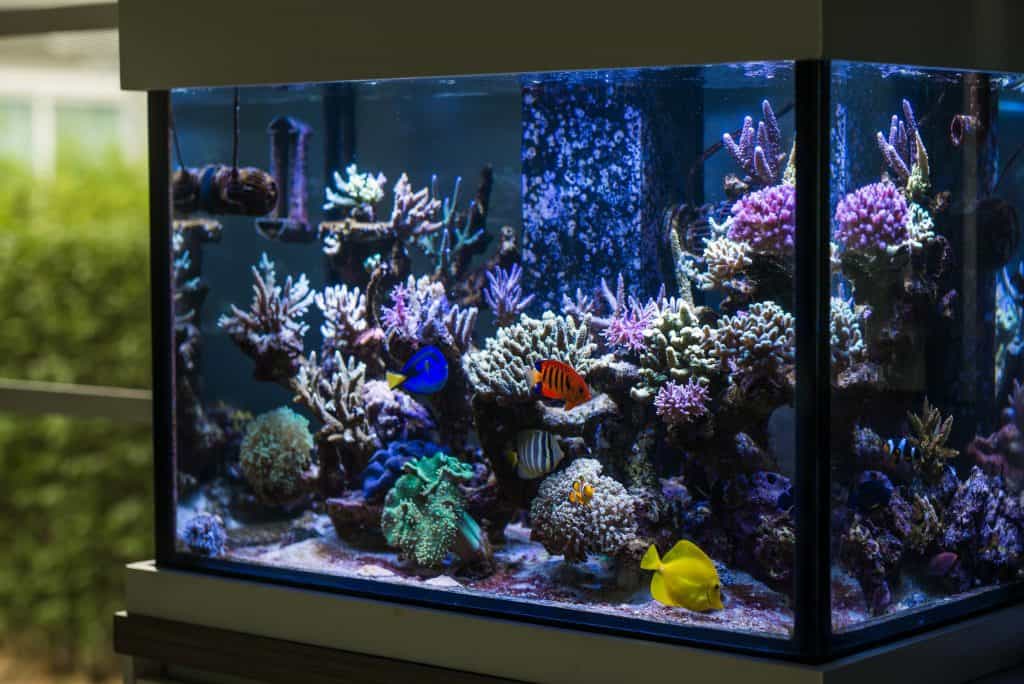
Being an aquarist requires a lot of knowledge and skill. Keep in mind that there are different aquarium fish with different appearance and breeding characteristics
If you just want to start your aquarium adventure, you must choose fish species that are less demanding. With this article you will learn about aquarium fish for beginners.
The following is a list of aquarium fish that will be ideal for the beginner aquarist. These fish species do not require much aquarium preparation or special lighting. They are mainly small specimens that like rectangular aquariums.
This fish is not demanding and has a very gentle and sociable character. It feels very well in the company of such fish as swordtails or mollies. For living they need quite strong light and clean, slightly alkaline water. Take care that it is at a temperature between 22 and 24 degrees Celsius. When setting up a guppy aquarium, be sure to find a place for shelter for the fish.
This is another fish that does not need special breeding conditions. However, it requires a fairly large aquarium under cover. It likes to hide among plants and ornaments. If you decide to buy a swordtail, it is necessary to buy a pair, because otherwise they may feel lonely. There can be no more than 4 males in one aquarium – in a larger group they can be very aggressive towards each other.
Although this fish has a truly royal name, it is not demanding at all. It feels well in one-species aquarium – it is worth to keep it in a big group. They can be aggressive towards other fish as they fiercely defend their territory. However, if you absolutely want to have more species, they should be let in before the Princess of Burundi (so that they can choose their own territory) and much larger. This will help you avoid conflicts between species.
This is a species of fish that is ideal for a beginner aquarist to breed. It only requires space. They tolerate fluctuations in water pH, as well as drops in temperature, even up to 15 degrees Celsius. They love to hide in various nooks and crannies, so it is worth investing in vegetation and ornaments.
It looks great in darkened aquariums as its scales shine beautifully. Fish feel well in packs so it is worth to buy more of them. They tolerate smaller fish very well and don’t chase them away from their favorite spots. They are peaceful and don’t look for quarrels.

This aquarium fish does not require great aquarium skills, but only a large aquarium, for at least 100 liters. They are sociable and peaceful fish. However, you cannot keep one male with many females. They prefer slightly salty or fresh water.
Panda Kries like to live in a group of about 5 individuals. It is advisable to prepare an 80l aquarium for these fish. Take care of a proper filter and aerator, as well as arrange hiding places.
The loach is also a very undemanding aquarium fish but loves plenty of space – a 200 liter aquarium is its ideal home. Like the panda cuirass it likes to live in a herd, e.g. with 5 specimens.
This aquarium fish species does not require much space – an aquarium of 50 liters is sufficient. They feel at home in the company of 6-8 mates of the same species. They also like well lit places and plants.
It is a gregarious fish that can be easily kept in smaller aquariums, e.g. of 50 liters. Danio are very gentle by nature and gather in small groups. In order to feel comfortable, you should select at least a dozen fish of the same species. Remember to cover the aquarium tightly.
Main photo: radub85/Adobe Stock